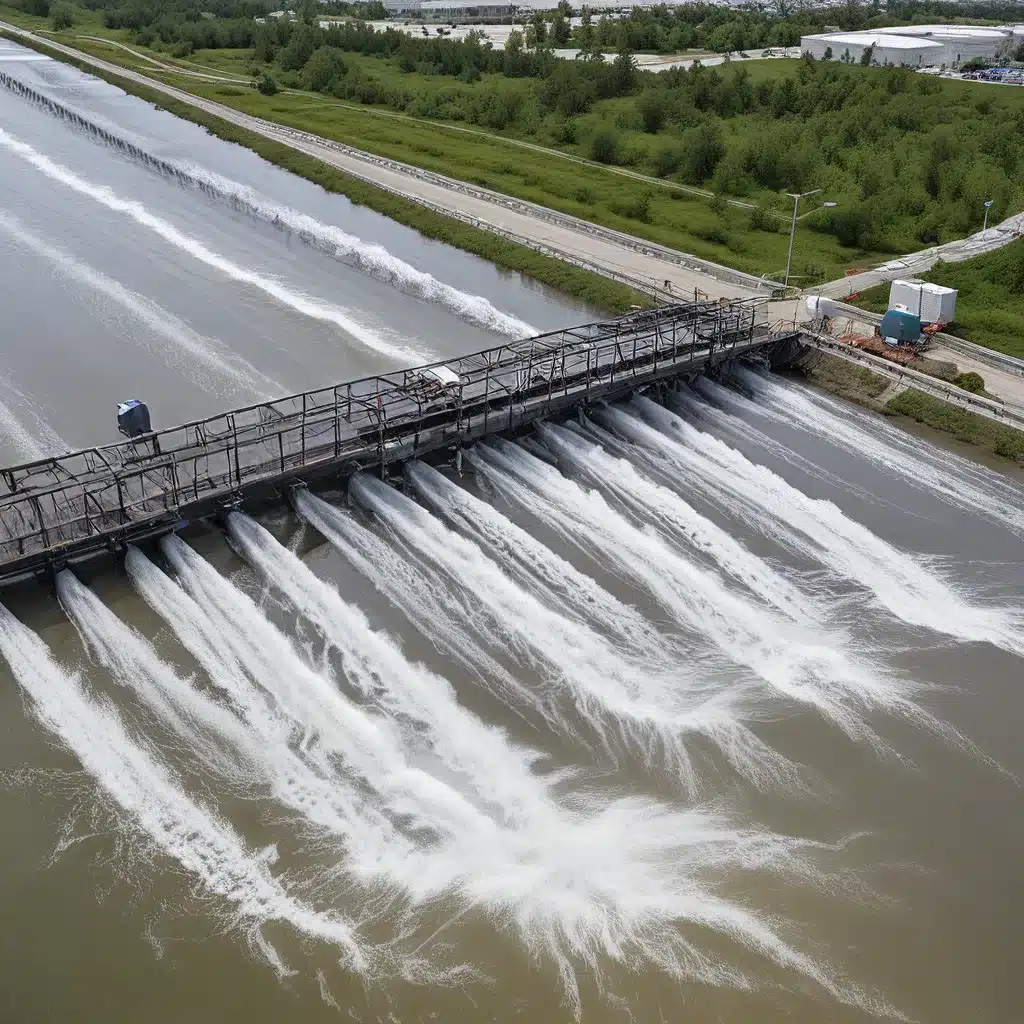
Imagine a world where clean water is as reliable as the air we breathe. A world where even in the face of natural disasters, our access to this precious resource remains uninterrupted. This is the future that water treatment innovations are paving the way for, and it’s a future that’s closer than you might think.
As an environmental enthusiast and someone who has weathered my fair share of storms, I’ve seen firsthand the vital role that water treatment plays in disaster response. From floods to earthquakes, the ability to quickly and efficiently purify and distribute water can mean the difference between life and death. That’s why I’m excited to dive into the latest advancements in this field and explore how they’re revolutionizing the way we approach disaster preparedness.
The Looming Threat of Water Scarcity
Before we delve into the solutions, it’s crucial to understand the challenges we’re up against. According to the World Economic Forum’s Global Risks Report 2024, water scarcity is one of the top risks facing the world today. With rising temperatures, increasing populations, and unsustainable consumption patterns, the demand for clean water is outpacing supply at an alarming rate.
The future is thirsty, my friends. But fear not, for the water treatment industry is stepping up to the challenge.
Adaptive Water Treatment Technologies
One of the most exciting developments in the world of water treatment is the emergence of adaptive technologies. These innovative systems are designed to respond to changing environmental conditions, ensuring that clean water is available even in the face of natural disasters.
Modular Water Treatment Systems
Imagine a water treatment facility that can be easily transported and set up in the midst of an emergency. That’s precisely what modular water treatment systems are all about. These self-contained units can be quickly deployed to disaster-stricken areas, providing a reliable source of clean water within a matter of hours.
Modular systems are like the Swiss Army knives of the water treatment world – compact, versatile, and ready to tackle any challenge.
Research has shown that these modular systems can be particularly effective in the aftermath of events like hurricanes, floods, and earthquakes, where traditional water infrastructure may be compromised.
Autonomous Water Treatment
But the innovations don’t stop there. Researchers are also developing autonomous water treatment systems – self-governing technologies that can adapt and respond to changing water quality without the need for human intervention.
Imagine a water treatment plant that can read the water’s mood and adjust its processes accordingly. That’s the kind of futuristic tech we’re talking about here.
These autonomous systems use advanced sensors, artificial intelligence, and machine learning to monitor water quality in real-time and make the necessary adjustments to ensure consistent purity. Studies have shown that they can significantly reduce the response time to water quality issues, making them invaluable during emergency situations.
Intelligent Water Distribution Networks
Of course, water treatment is only half the battle. Ensuring that clean water reaches those who need it is just as critical, especially in the aftermath of a disaster. That’s where intelligent water distribution networks come into play.
These advanced systems are like the water treatment equivalent of a well-choreographed dance – every pipe, valve, and pump working in perfect harmony to deliver water where it’s needed most.
Powered by the Internet of Things (IoT) and predictive analytics, these networks can monitor water flow, pressure, and quality in real-time, allowing for proactive maintenance and rapid response to any disruptions. This means that even if a natural disaster knocks out part of the water infrastructure, the system can quickly reroute the flow to maintain service.
Building Resilient Communities
But the true power of these water treatment advancements lies not just in their technical capabilities, but in their ability to empower communities and foster resilience.
By ensuring reliable access to clean water, even in the face of crisis, these innovations are helping to safeguard the well-being of people and the environments they depend on.
Take, for example, the work being done by Inland Waters, Inc., a leading provider of water treatment and environmental services. Their commitment to developing robust, adaptable water systems has helped countless communities weather the storms of natural disasters, ensuring that the lifeblood of their local ecosystems continues to flow uninterrupted.
The Future of Disaster Response
As we look to the future, it’s clear that the water treatment industry is poised to play a pivotal role in shaping the way we respond to natural disasters. With the continued advancement of adaptive technologies, intelligent distribution networks, and community-focused solutions, the possibility of a world where clean water is as reliable as the air we breathe is no longer a distant dream.
So, the next time a storm hits, take a moment to appreciate the unsung heroes of the water treatment world – the innovators, the engineers, and the visionaries who are working tirelessly to tame the turbulence and keep our communities afloat.


